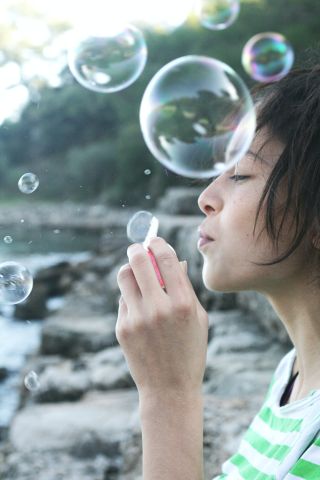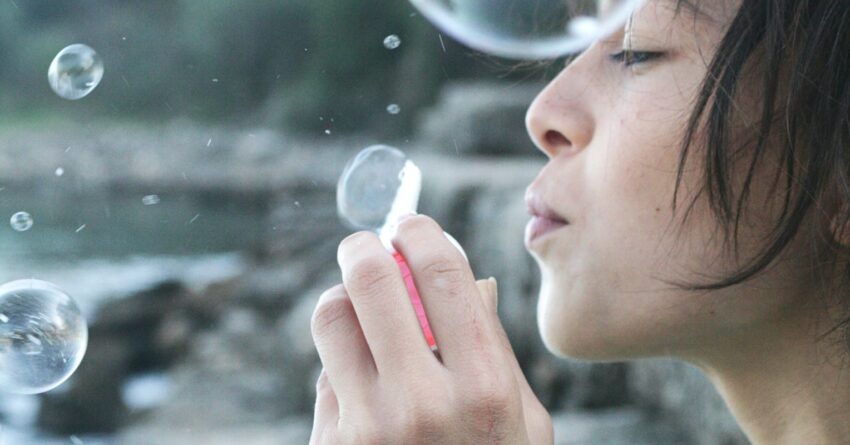
Source: Engin Akyurt/Pexels
There is something magical about walking through a path in the fall looking up at the leaves, or finding a song for a moment that you want to lean into to understand where the artist stood. This enchantment is curiosity.
Research points to the many benefits of curiosity from improvements in memory (Gruber, & Ranganath, 2019), creativity, and precious “flow” states (Schutte and Malouff, 2020). It is associated with higher life satisfaction (Proctor et al., 2011) and, contrary to the adage that curiosity kills the cat, has also been linked with aging well (Sakaki et al., 2018).
When we feel safe, we are free to explore. When we feel in a space of threat, our focus narrows and we lose interest. Evolutionarily, this makes sense. At moments during which our ancestors faced the threats of their day, often predators, it would not have been wise to stare in wonder at the leaf. We are the descendants of the people who didn’t get eaten.
Today, most fears we face are social and last longer than a run from a bear. Yet, we have many barriers to feeling safe and being curious. Repeated traumatic experiences or anxiety can put us in a space where the threat system is hyper-activated making it difficult for us to access our drive for discovery.
Loss of interest in activities is a hallmark symptom of depression. Even schizophrenia is often associated with negative symptoms marked by a decrease in seeking pleasurable activities, the byproduct of anhedonia, avolition, and emotional blunting.
Conversely, recent research shows that curiosity may be a protective factor against anxiety and depression (Zainal, & Newman, 2023), as well as that creative interventions can improve curiosity (Schutte and Maloff, 2022), garnering individuals a whole host of benefits.
Perhaps we can think about curiosity as the psychological equivalent of a healthy heartbeat. As we struggle with mental health, it’s common for us to lose our pulse with our curiosity. Similarly, by engaging curiosity through exercises of creativity there is much to be gained.
While curiosity is not often discussed as a key therapeutic tool, many therapists utilize it. As a psychotherapist, my office space is designed to encourage a hammock swing for my clients to sit on, a treasure chest filled with varying objects, and art supplies.
Most other therapists also take this into account when cultivating a therapy environment. Art therapists have engaged curiosity and creativity in healing for decades, and certain therapy styles, such as compassion-focused therapy, involve activities to activate the soothing/affiliative system in which we are often free to be curious.
So how can you grow your sense of curiosity? Here are five ways:
1. Revisit Childhood Joys. When you were a kid, did you like to fly kites? What about riding your bike around the neighborhood? These things still exist. Engaging joys from the past can lift our curiosity.
2. Do Something Unexpected. Routine drives away opportunities for new things. Sometimes, it is worthwhile to take a turn into something unplanned. This could be something as simple as stopping at the apple butter stop as you are driving home or taking a different route to work.
3. Pick Something Random and Learn About It. Many of us have had interests in the past that we let go of. Did you stop learning about space when you realized that your life path was not headed toward becoming an astronaut? Curiosity is not about learning only things that have practical significance. The world is wide and there is so much to marvel at.
4. Ask Questions. Curiosity thrives on wonder. Sometimes we have questions that we never ask. We don’t allow ourselves to open those doors. It’s OK to ask questions. Questions often deepen connections.
5. Explore a New Place. You don’t have to get on an airplane to travel. Maybe there is a restaurant you have never eaten at or a park you have never visited. Allowing yourself to experience these new places could foster curiosity.
